
Kategória: 6. The emancipation of minorities
-
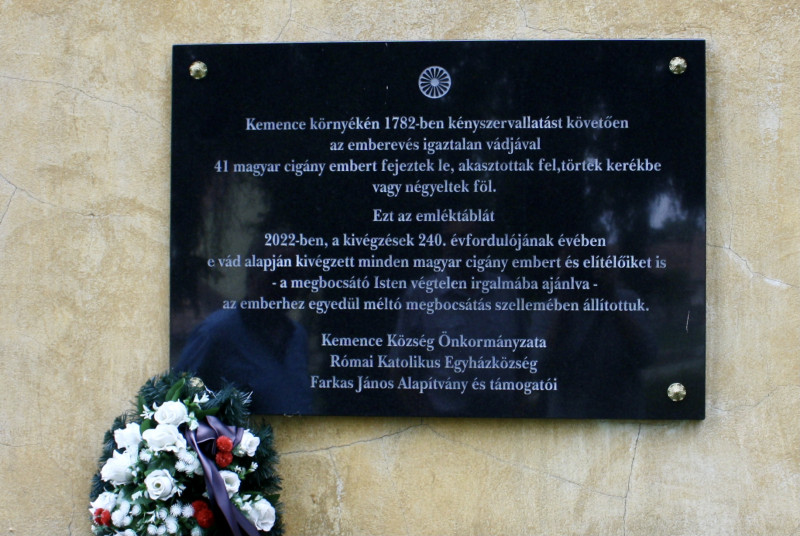
The former county hall building in Kemence once held several Roma individuals who were unjustly The old county hall in Kemence once held several Roma individuals who were falsely accused and jailed. In 2022, on the 240th anniversary of the executions, a memorial plaque was installed to honor the victims and the condemned—in the spirit of forgiveness and human dignity.accused and imprisoned. In 2022, on the 240th anniversary of the executions, a memorial plaque was erected to honor the memory of the victims and the condemned—in the spirit of forgiveness and human dignity.
The Nyúzóvölgy massacre and the persecution of Gypsies in Hungary – Kemence
The Nyúzóvölgy massacre and the persecution of Gypsies in Hungary – Kemence Fact of the Hungarian figure „Minorities in Hungary”…
-
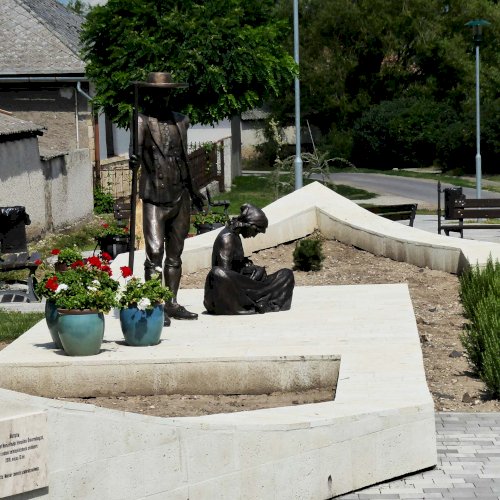
Rátka, a Tokaj Wine Region World Heritage Site’s German ethnic village, unveiled its Swabian Settlement Memorial in 2018 to honor the 270-year-old heritage of its community. Sculpted by Levente Molnár, the monument features a symbolic boat carrying a Swabian family—father, mother, and child—recalling their 18th-century journey and resettlement after the village’s devastation. The adjacent memorial park also commemorates Rátka’s twin towns, reinforcing its enduring cultural and Christian identity.
Settlement of Germans in the Kingdom of Hungary – Rátka
Settlement of Germans in the Kingdom of Hungary – Rátka Fact of the Hungarian figure „Minorities in Hungary” Part of…
-
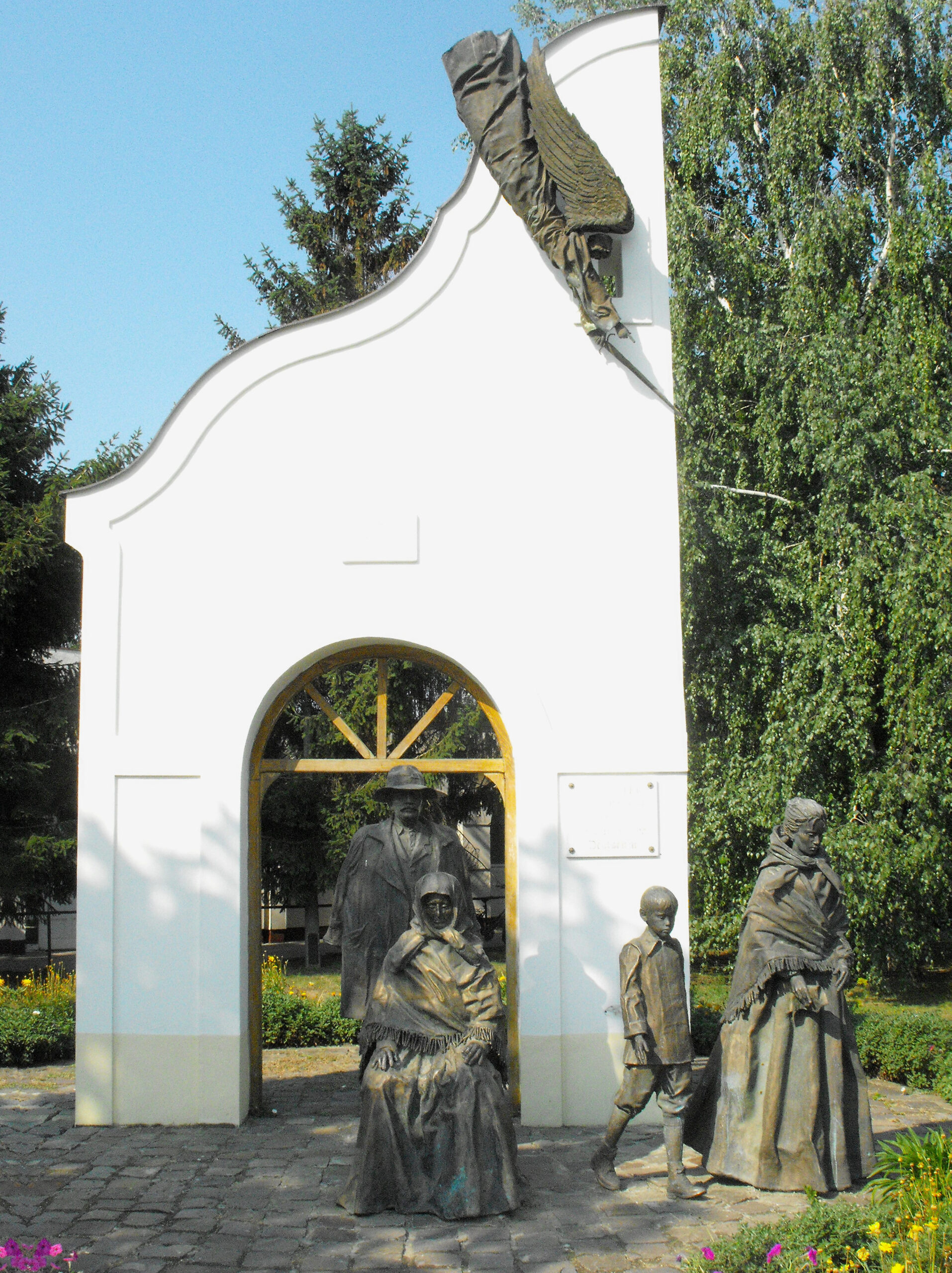
Created in 2001 by Szeged-based sculptor Sándor Kligl, the National Memorial of the Expelled Germans depicts a German family’s forced departure from their home, with a dark spirit looming above. Behind the five-figure bronze group stands a wall evoking a Swabian house from Created in 2001 by Szeged-based sculptor Sándor Kligl, the National Memorial of the Expelled Germans portrays a German family’s forced departure from their home, with a dark spirit looming above. Behind the five-figure bronze group stands a wall reminiscent of a Swabian house from 1724, marking the year Catholic Germans were first settled in the area by Johann Georg Harruckern. 1724, marking the year Catholic Germans were first settled in the area by Johann Georg Harruckern.
The expulsion of the German minority – Elek
The expulsion of the German minority – Elek Fact of the Hungarian figure „Minorities in Hungary” Part of the „The…
-
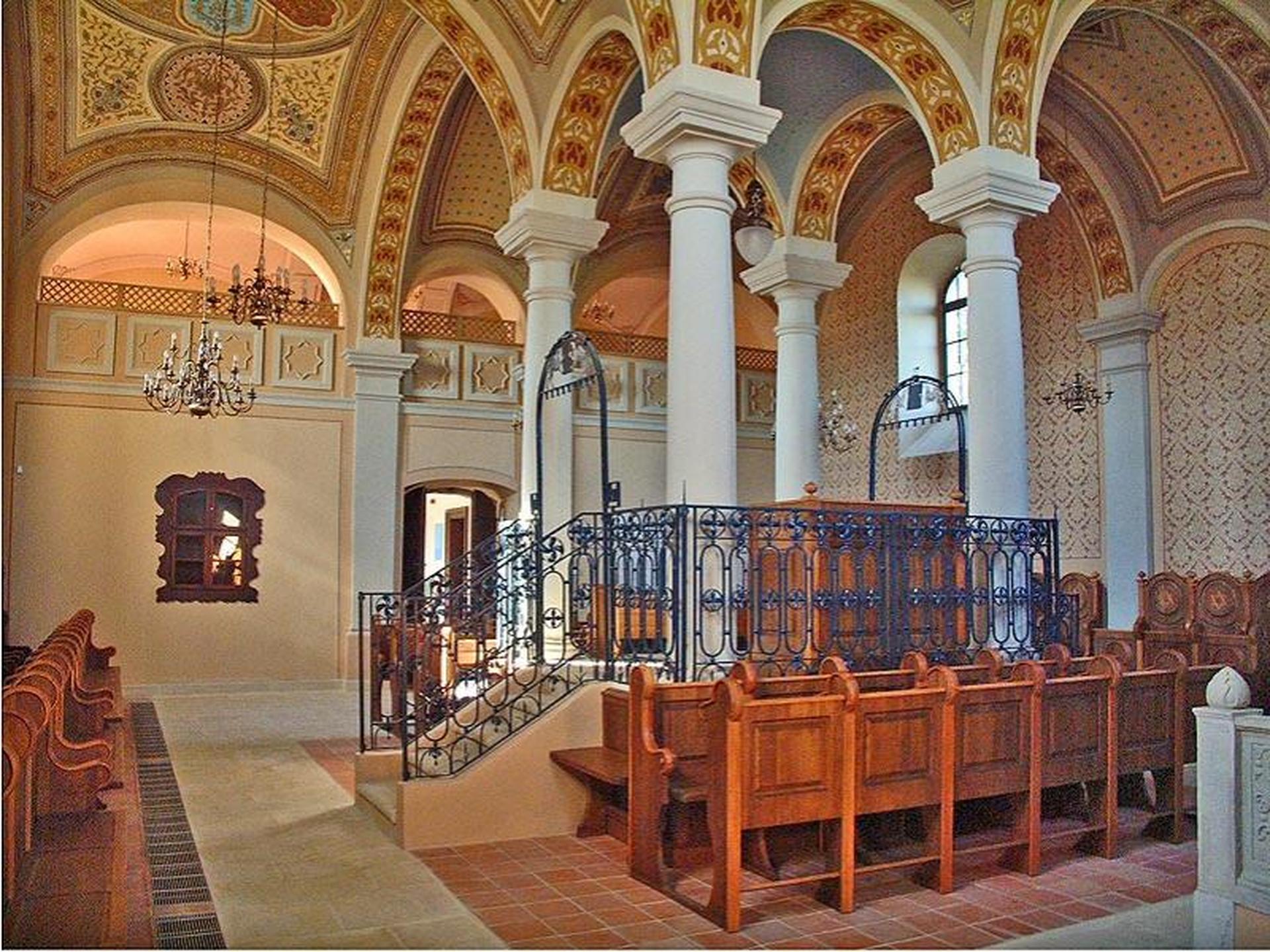
The interior of the synagogue in Mád reflects Baroque influences blended with Polish and Lithuanian traditions, featuring richly ornamented details and Hebrew inscriptions from the late 18th century. Once nearly lost to decay, the space was meticulously restored and now stands as a vibrant monument to the Jewish heritage of Tokaj-Hegyalja.
The emancipation of the Jews in the Austrian-Hungarian monarchy – Mád
The emancipation of the Jews in the Austrian-Hungarian monarchy – Mád Fact of the Hungarian figure „Minorities in Hungary” Part…
-
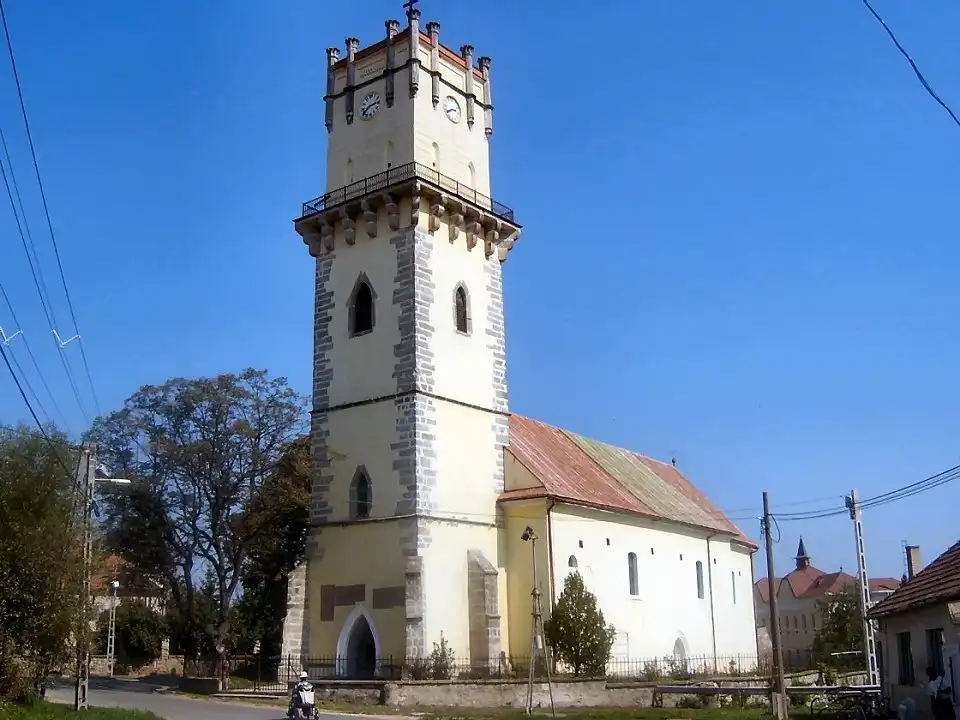
Built in 1320 in Gothic style and later vaulted in Baroque fashion, the Church of the Assumption in Bodrog stands as one of the region’s oldest monuments. Its fortified tower, once a military lookout, and the legend of stolen church treasures rising from the Bodrog River reflect both its historical and mythical significance.
Italians and others in the Medieval Hungarian Kingdom – Olaszliszka
Italians and others in the Medieval Hungarian Kingdom – Olaszliszka Fact of the Hungarian figure „Minorities in Hungary” Part of…
